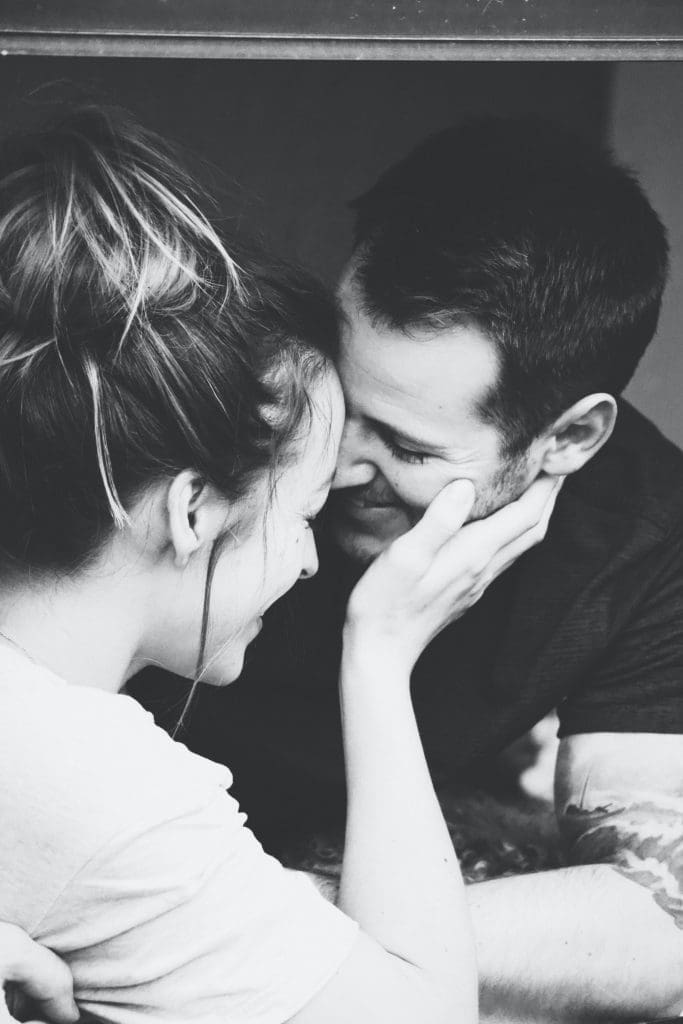What are the ingredients of a great photo? A good camera and technical skills are important for sure. Knowing how to compose a frame (which elements get to be in the picture, what angle is best for your story, where should the light be to create the atmosphere you need, etc.) is essential. A fascinating subject matter is also good to have. But what truly makes a good photo is emotion. You need to put your feelings in the frame and make sure the viewer feels it too. Like any type of art, photography is a way of expressing emotions. Regardless of the subject matter, your photos should be able to make the viewer care.
But what is emotion and how can you capture it? Emotion is a strong feeling people have based on their life experiences, associations, and relationships. It differs from person to person and can have many triggers such as childhood memories, lifestyle, psychological circumstances, and personal beliefs. Here are some tips to help you convey emotions with your pictures.
“Look at this”
In his book, “Photographically Speaking. A Deeper Look at Creating Stronger Images”, David duChemin says “Some of us are trying to communicate information, some are trying to elicit a raw emotional response, some want both. But we’re all trying to show something; with the camera, we’re saying, “look at this.”
A meaningless picture will never be a great one. You need to infuse it with meaning and emotion, engage the viewer in a narrative, and show your personality as a photographer. And the first step in doing this is caring about your subject and having an emotional response to it. If you don’t care, your public won’t care either.

Photograph emotional moments
If you want an easy trigger for emotion, photograph people and special moments of their life. From weddings and romantic photos at sunset to dramatic events and innocent children, a human-related subject matter has more chances to impress. However, you can’t impress your audience simply by photographing people. You need to create a visual narrative, build connections, and capture gestures and facial expressions.

Photo by Crystal Shaw on Unsplash
Add context
The context helps the viewer discover familiar elements in your photos. The frozen winter landscape in the background might be a reminder of a great holiday. A clock or a calendar in a corner of the frame might be a metaphor for time passing quickly. A toy or funny clothes might bring back childhood memories. Each element in the frame should have a meaning and a reason to be there.

Photo by Donnie Rosie on Unsplash
Photography should be a personal experience both for the photographer and the viewer. It should create intimacy and reveal the most profound feelings. Otherwise, it isn’t art. Like Robert Frank said, “There is one thing the photograph must contain, the humanity of the moment.”

